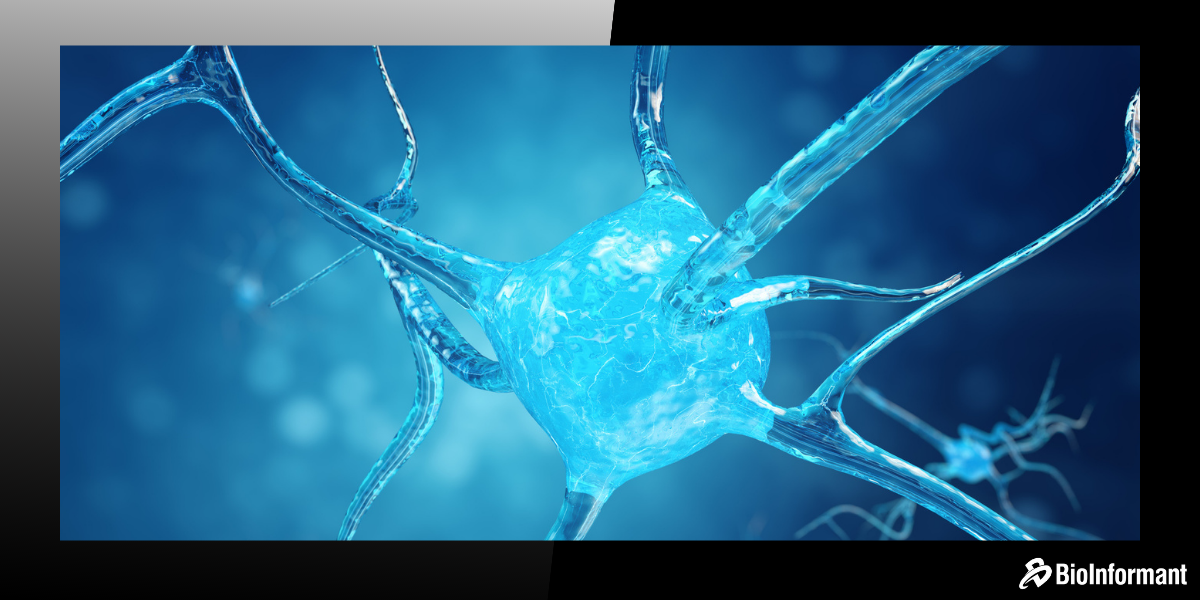
Investigators theorize that some individuals may be genetically predisposed to developing the disease but do so only after coming into contact with an environmental trigger.

The causes of the vast majority of ALS cases are still unknown. ALS is a multifactorial disease and many pathogenetic mechanisms influence the onset and progression of the disease including failure of axonal transport, oxidative stress, mitochondrial dysfunction and glutamate-mediated excitotoxicity.(9) What causes ALS? Mutations in more than 25 different genes are known to occur in 68% of familial and about 10% of sporadic ALS. In most cases ALS is sporadic but a clear family history is present in approximately 10% of ALS patients. It targets motor neurons (MNs) in the primary motor cortex, brainstem, and spinal cord leading to muscle atrophy, paralysis and death due to respiratory failure within 2-5 years. (2)Īmyotrophic Lateral Sclerosis (ALS) is the most common neuromuscular disease worldwide for an incidence of 2-3 cases per 100,000 general population, and a prevalence around four to six per 100,000. As this area degenerates, it leads to scarring or hardening ("sclerosis") in the region. "Lateral" identifies the areas in a person's spinal cord where portions of the nerve cells that signal and control the muscles are located. "Myo" refers to muscle, and "Trophic" means nourishment – "No muscle nourishment." When a muscle has no nourishment, it "atrophies" or wastes away. A-myo-trophic comes from the Greek language. It is characterized by both upper and lower motor neuron degeneration and has a median survival of 2–4 years.(1) ALS (amyotrophic lateral sclerosis) also known as Lou Gehrig’s Disease, is a progressive neurodegenerative disease that affects nerve cells in the brain and the spinal cord. Motor neurons can be generated in vitro from stem cells of various sources including embryonic stem cells (ESCs), induced pluripotent stem cells (iPS) and neural stem cells (NSCs) ĪLS is the most common adult-onset motor neuron disease. The most important therapeutic potential of SCs relies on their ability to regulate inflammation and to empower resident cells to facilitate tissue repair through endogenous stem cell activation or environment modulation. It is fundamental to consider that chronic inflammation plays an important role in ALS. While stem cells are unable to directly replace diseased motor neurons, transplanted stem cells secrete neurotrophic factors and differentiate into supportive cells, such as astrocytes and microglia, generating a neuroprotective milieu that can slow degeneration of motor neurons. (8)

The rate of progression of the forced vital capacity and of the ALS Functional Rating Scale–Revised score in the IT (or IT+IM)–treated patients was reduced (from −5.1% to −1.2%/month percentage predicted forced vital capacity, P < .04 and from −1.2 to 0.6 ALS Functional Rating Scale–Revised points/month, P = .052) during the 6 months following MSC-NTF cell transplantation vs the pretreatment period. (7) Most of the adverse effects were mild and transient, not including any treatment-related serious adverse event. Stem cell treatment was found to be safe and well tolerated over the study follow-up period. Published scientific studies have continuously found that neurotrophic growth factors (NTFs) extend the survival of motor neurons in amyotrophic lateral sclerosis (ALS) and that the combined delivery of these neurotrophic factors has a strong synergistic effect. (7)

Preferential prices for future reinforcements/applications.



 0 kommentar(er)
0 kommentar(er)
